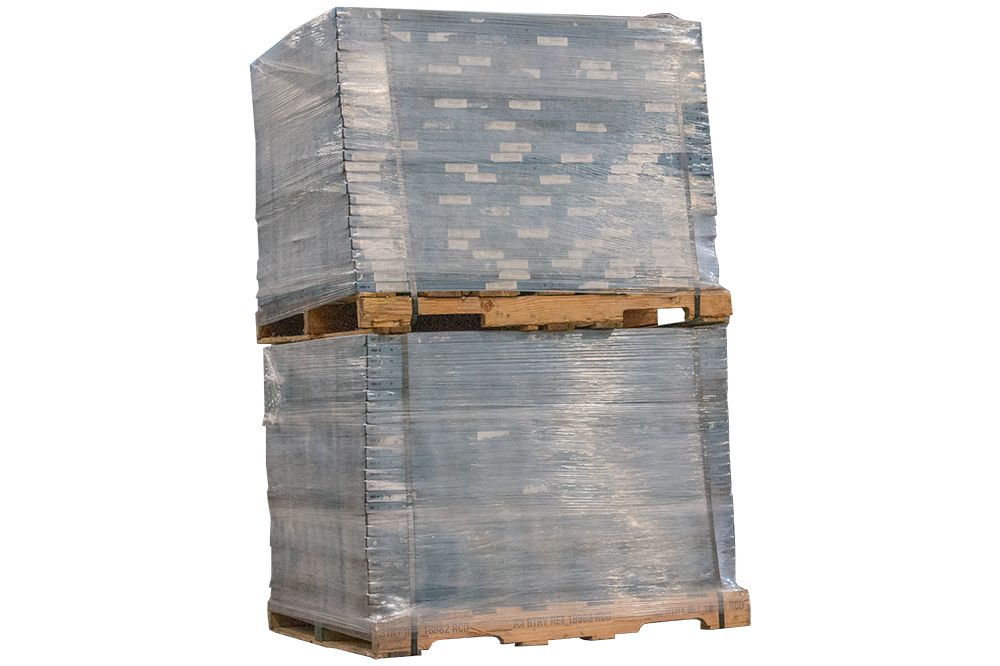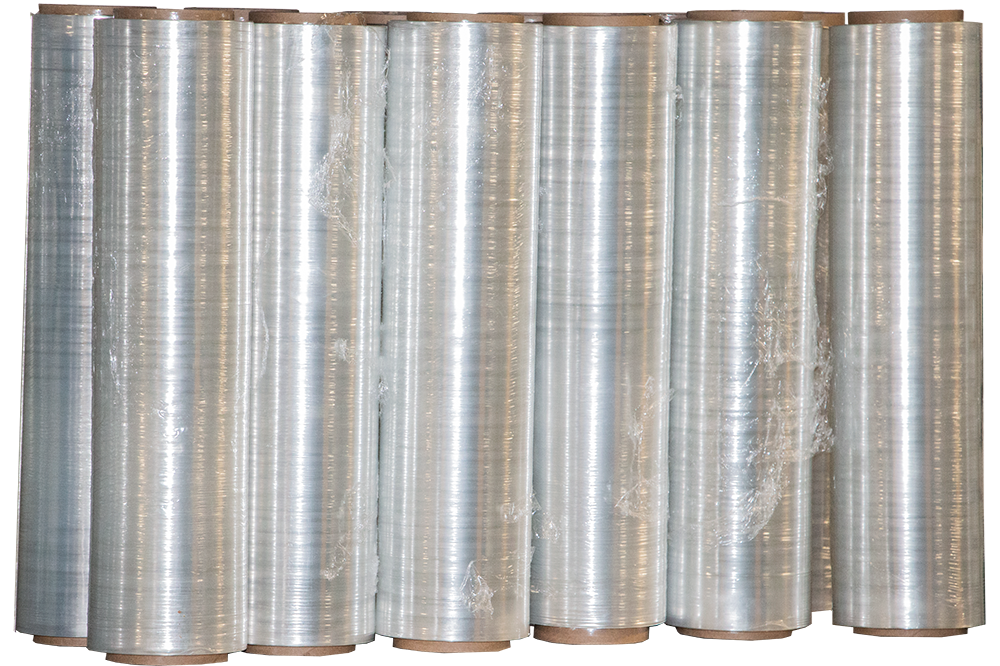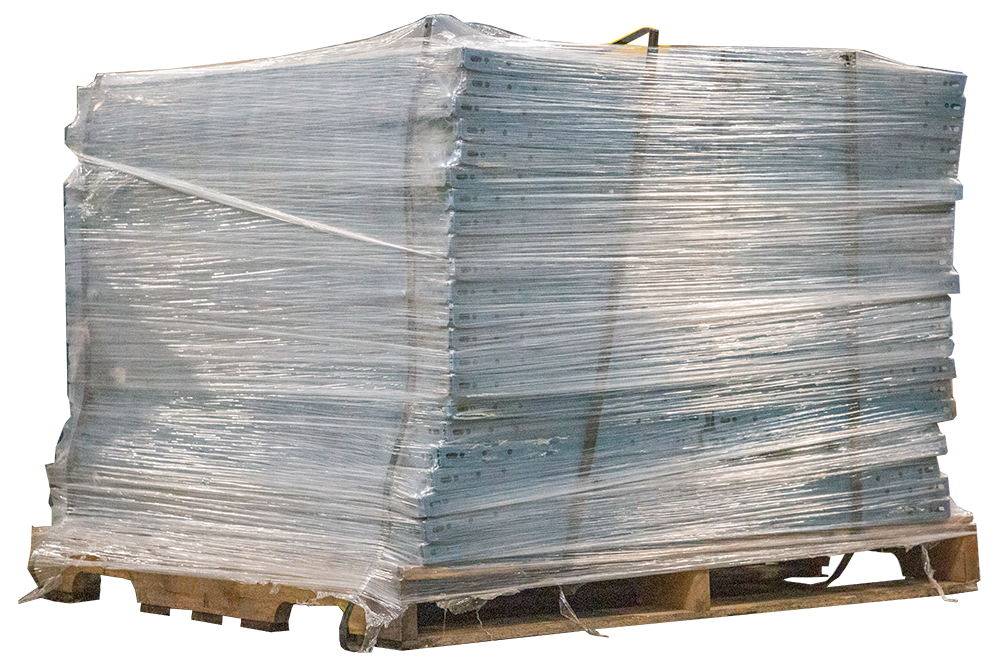-
Home
-
How to Properly Secure Your Pallet
How to Properly Secure Your Pallet
September 20, 2021
There are many reasons as to why someone would want pallets properly secured. It is important is to ensure that the load gets to its destination in the same condition it left the facility. Unfortunately, properly securing pallet loads isn’t always followed. By learning to properly package a pallet you’ll increase productivity with quicker handling, move pallets more efficiently, reduce the risk of damage/injury to your product or workers, and easily transport products. Often, people do not fully understand how to properly secure a load to a pallet and this article will demonstrate how to do so. The topics to be discussed include packing a pallet, wrapping a pallet, and strapping a pallet. Once these three concepts are mastered you will have properly secured pallets every time you are ready to ship.
Jump to Section...
Packing Your Pallet
Wrapping your Pallet
Strapping your Pallet
Possible Outcomes After Transit
Packing Your Pallet
Before you load your items onto the pallet you want to ensure you have the correct pallet. A major thing to keep in mind is the integrity of the pallet itself. You want to make sure that there are no loose or cracked boards and that the pallet itself is in good overall shape and able to hold your intended load. Now that you have selected your pallet, it is time to pack your items. You want to start with the largest and heaviest boxes on the bottom and work your way to the top with lighter and smaller boxes if applicable. Another thing to keep in mind when packing your load is that, if packing equal sized boxes, try to stagger them. This will help lock your load together. You want your items to keep as level and square as possible to prevent weight shifting during transit. This will ensure that the transportation process of the pallet is hassle-free. It is also important that nothing overhangs the edge of your pallet. This will ensure that anything that may come close to your load and bump into it bumps the pallet and not your product. By taking these steps employees will be able to move, construct, load, and unload more effectively.

Wrapping Your Pallet
There are a couple of different ways to wrap a pallet. It can either be wrapped manually or with the assistance of a stretch wrapper. If you are going to opt for the manual option, you will want to start by taking some stretch wrap and squeezing it together, making it like a rope, and put it through and around a corner of the pallet. From here you can start to wrap your pallet. You want to keep constant pressure to ensure you are getting the most out of your stretch wrap. This is critically important for the strength of your wrap. If it is wrapped too loose then your items will be able to move and shift during transit. Keeping the wrap tight locks, the load together. When you first start, you want to begin at the bottom and make sure the wrapping includes the load and the pallet itself. Make sure to leave enough room for the forks of a forklift to enter the pallet. By wrapping the load and the pallet you lock the load to the pallet and secure them together as one unit. This is important so that during transit your load does not fall off the pallet. Make sure to go around at least four to five times to lock it together. Once you are done, you can check to see if the load moves as one. If so then you are all set to move on; if not, you will need to wrap it tighter together again. When you have a properly wrapped pallet, you’ll prevent packages from sliding during transport and possibly getting damaged.


Strapping Your Pallet
Now that you have your load wrapped onto the pallet, the next step to making the most secure load is strapping it. Strapping, also known as banding, is used to combine and stabilize materials to a pallet during transport or storage. You want to strap the load and the pallet together to ensure the load becomes one with the pallet. Failure to properly strap a load can make it very difficult to unload and can even damage the product. When strapping the load, it is important to use more than one strap. Usually, two or four straps will be used. When four straps are used, two will go the length of the load while the other two will go perpendicular along the width of the pallet. It is important to have a single strap around just the load itself to lock the load together, while also having another strap going around the load and pallet, securing them together. With this strap it is important not to go through the area where the forks of the forklift slide through, otherwise they may damage or snap the strap. It is best to have the strap around the edge or corner of the pallet and your load. When using four straps it is best to have two securing the load to the pallet and two straps locking the load itself together.

Possible Outcomes After Transit
If properly packed, wrapped, and strapped your load should arrive to its destination intact, exactly the way it was when it left the facility. If applicable, it should even be stacked on top of other pallets to maximize storage.

Sometimes a pallet may shift slightly during transit and either the wrap loosens or the strapping shifts. When this happens, sometimes the pallet will arrive with all the load intact on the pallet and the only thing out of place will be the strapping and/or the wrap.

Other times, however, due to a variety of reasons, a load may arrive and have shifted during transit. This results in a load that is not stackable and is very difficult to move from the delivery truck. Sometimes it may have shifted so much during transit that it must be manually unloaded or could have even been damaged during transit.

American Surplus Inc. have over 30 years of experience in the material handling and industrial storage industry. For all your packaging ASI has all your packaging equipment needs. Browse our selection of used case sealers, used strapping machines, used stretch wrappers, used balers, used case erectors, used heat tunnels, and more! For more information about our products call one of our knowledgeable sales associates today at (800) 876-3736.